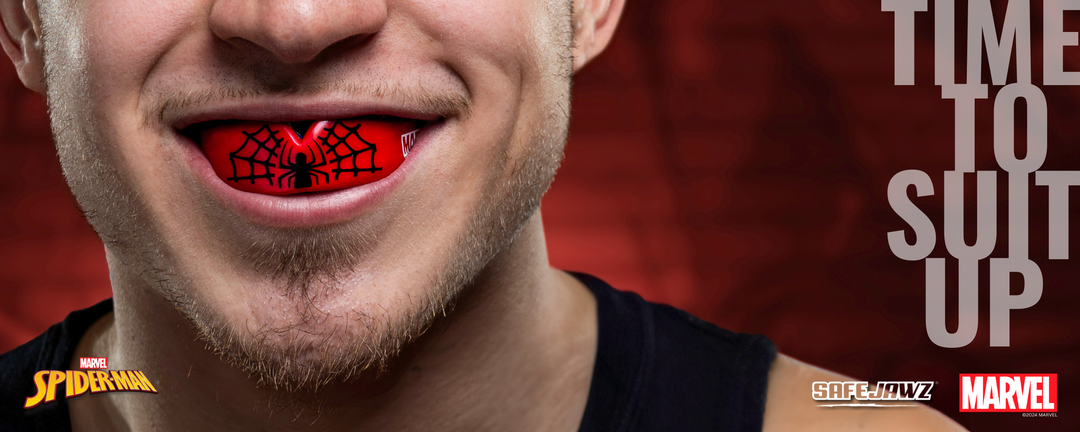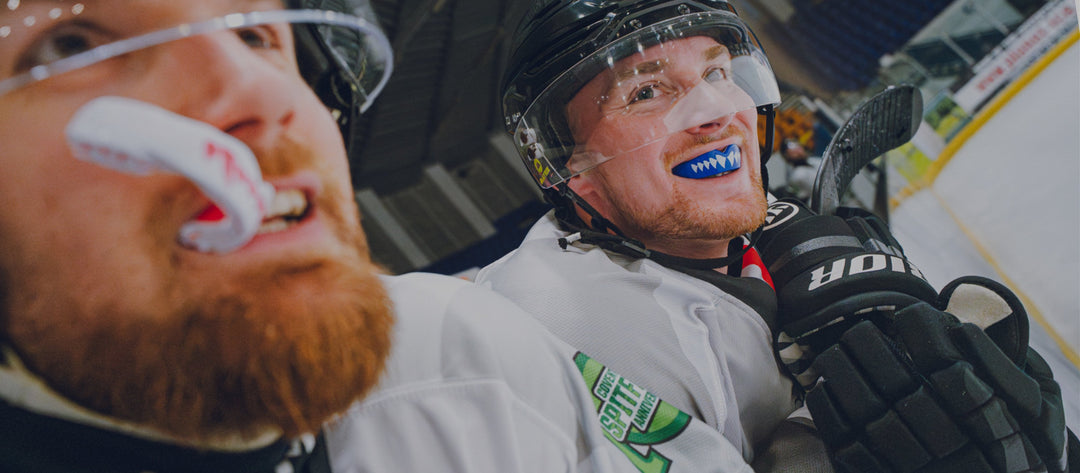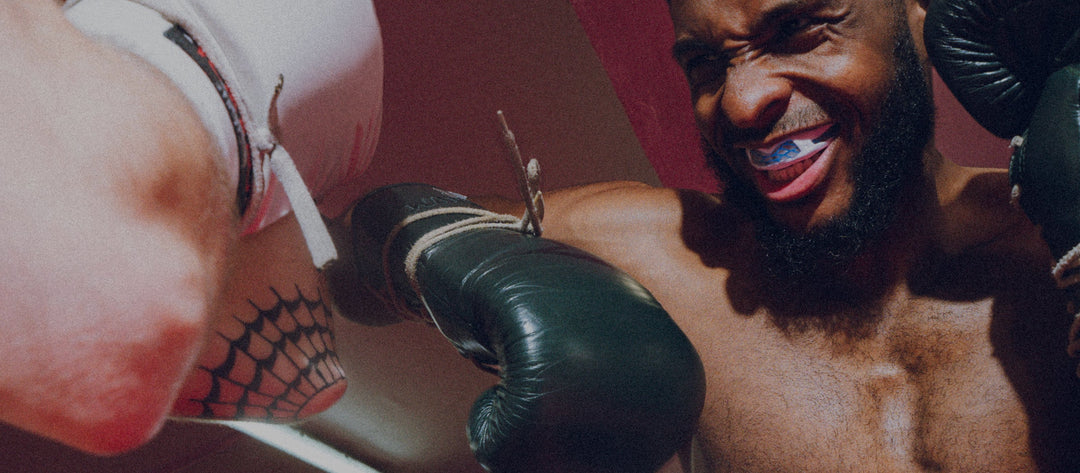How unhygienic are sports gum shields?
Sports mouthguards, also known as gum shields, can become unhygienic if they are not cleaned properly. The accumulation of bacteria, saliva, and food particles can lead to the growth of harmful microorganisms, such as mold and bacteria, which can cause bad odors, infections, and other health problems.
A study published in the Journal of Clinical Dentistry found that sports mouthguards can harbor high levels of bacteria, including Streptococcus mutans (a type of bacteria that can cause tooth decay) and Candida albicans (a type of yeast that can cause thrush and other infections). The study also found that sports mouthguards can be contaminated with mold and other microorganisms, especially if they are not cleaned properly.
How should i clean a sports mouthguard? What options do i have?
It's important to keep your sports mouthguard clean to ensure that it continues to provide proper protection and to prevent the growth of bacteria. Here are a few options for cleaning your sports mouthguard:
-
Soap and water: Clean your mouthguard with mild soap and warm water. Use a soft-bristled toothbrush to gently scrub all surfaces of the mouthguard. Rinse the mouthguard thoroughly with water and let it air dry.
-
Antibacterial solution: You can also use an antibacterial solution such as a disinfectant spray to clean your mouthguard.
-
Cleaning tablets: There are specialized cleaning tablets that are designed specifically for cleaning mouthguards. Simply follow the manufacturer's instructions to use these tablets.
- UV Sanitizer: Some UV sanitizers are specifically designed to sanitize mouthguards. These devices use UV-C light to kill germs and bacteria, and are easy to use, you just need to place the mouthguard in the device and press a button.
-
Use a good quality mouthguard case to keep your mouthguard clean once youve disinfected it!
It's important to note that you should clean your mouthguard after each use, and avoid using abrasive cleaning products or hot water, as these can damage the mouthguard. Also, make sure to store the mouthguard in a clean and dry place, and avoid storing in a closed bag or container.
In addition to cleaning, it's also important to inspect your mouthguard for signs of wear or damage before each use, and replace it if it's showing signs of wear or damage. A worn or damaged mouthguard may not provide the same level of protection as a new one.








